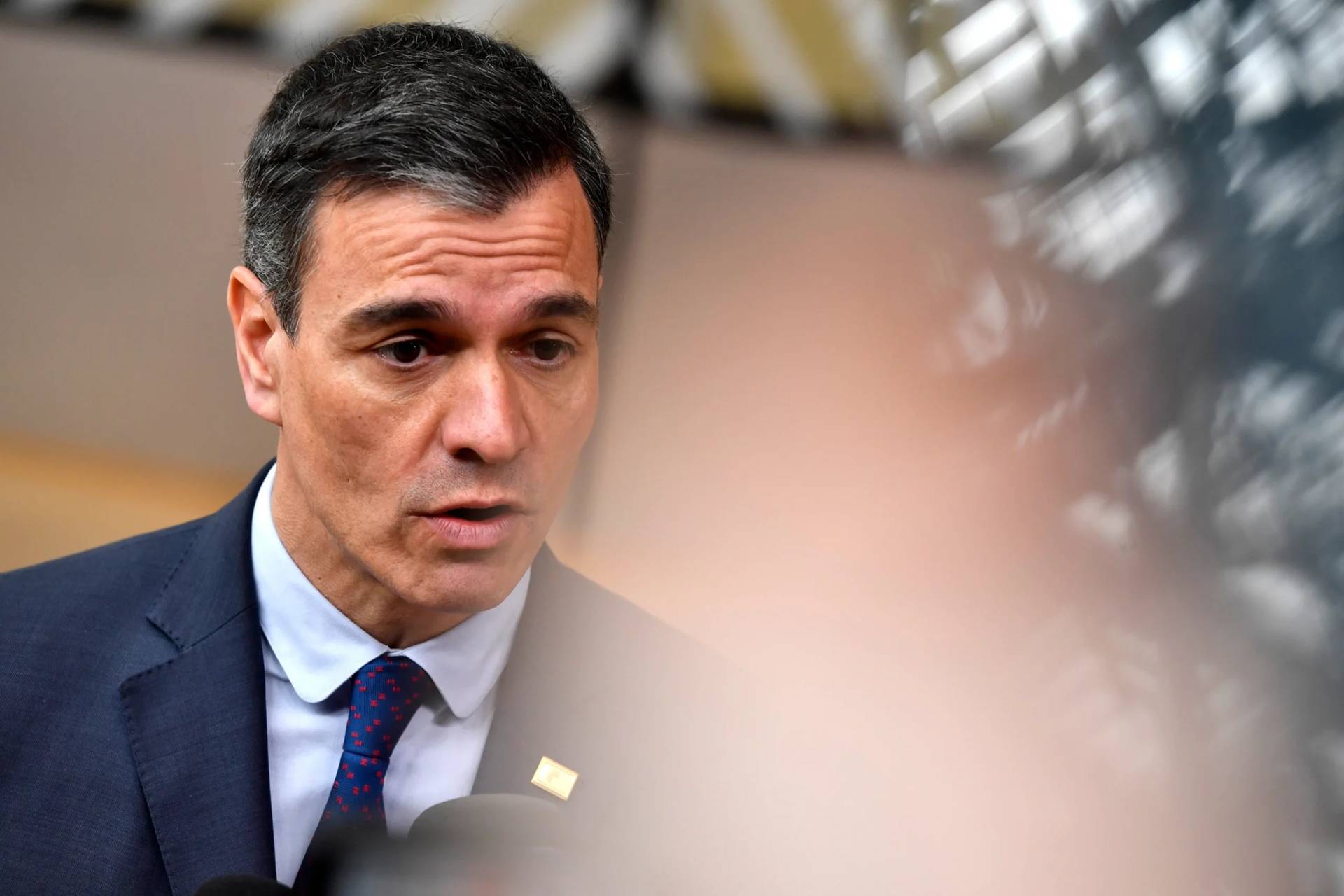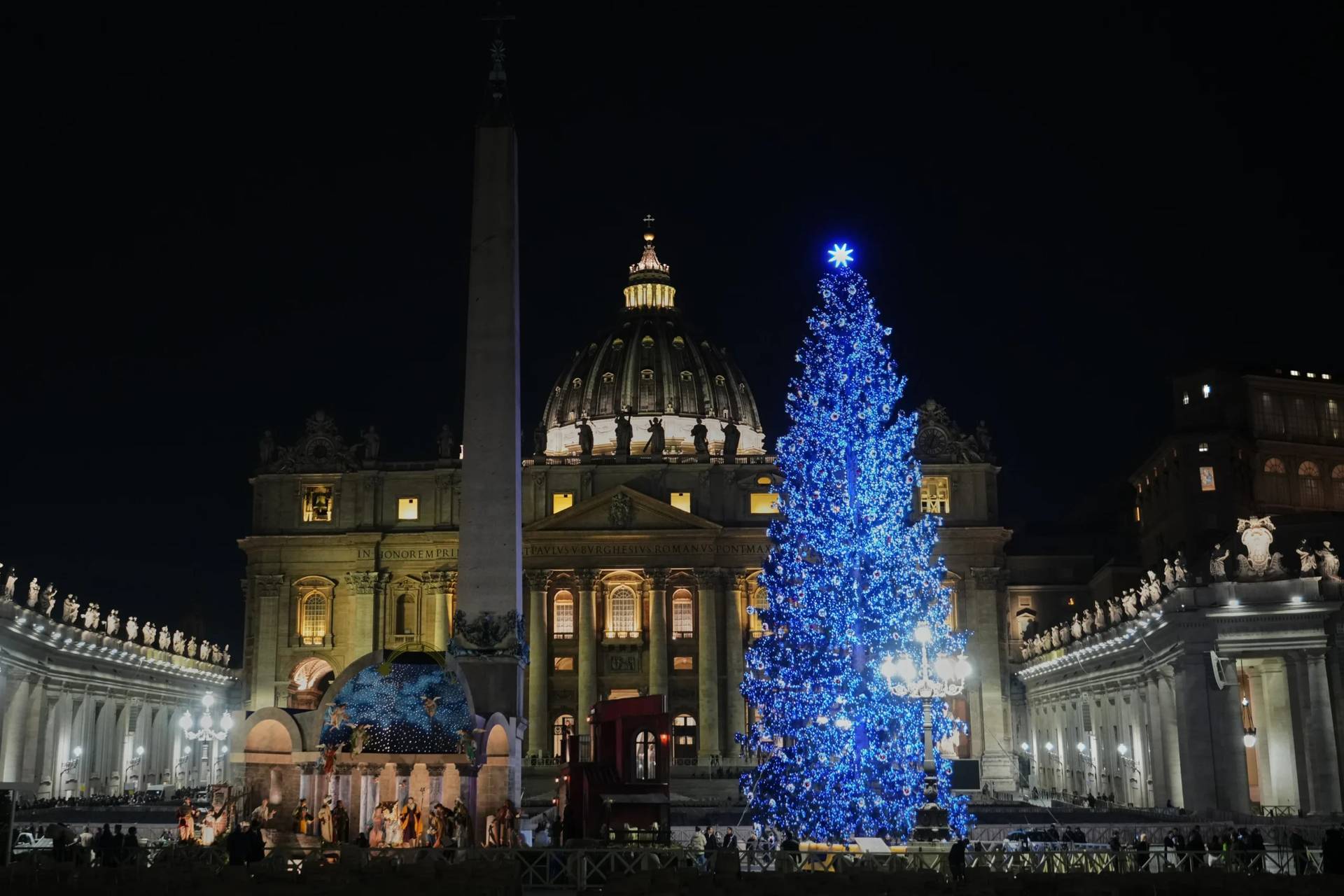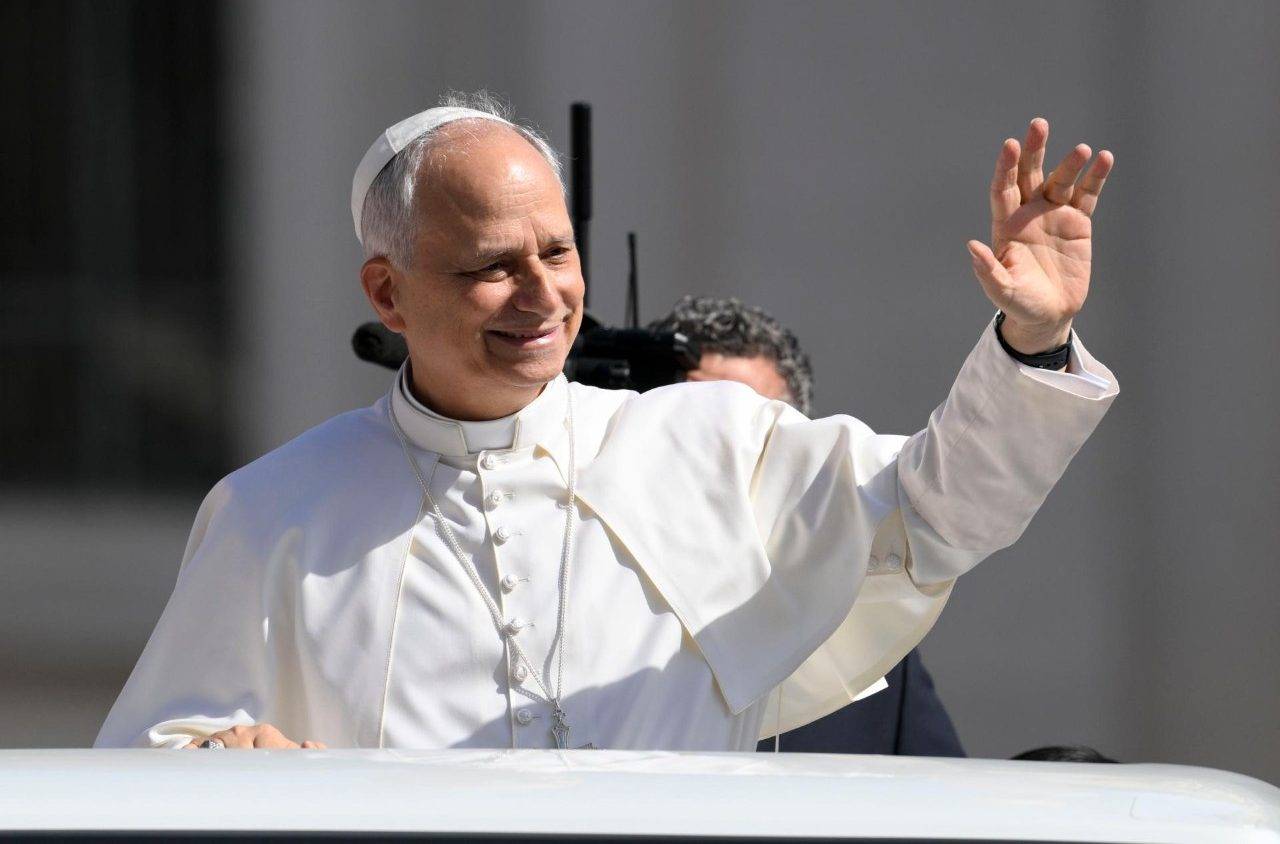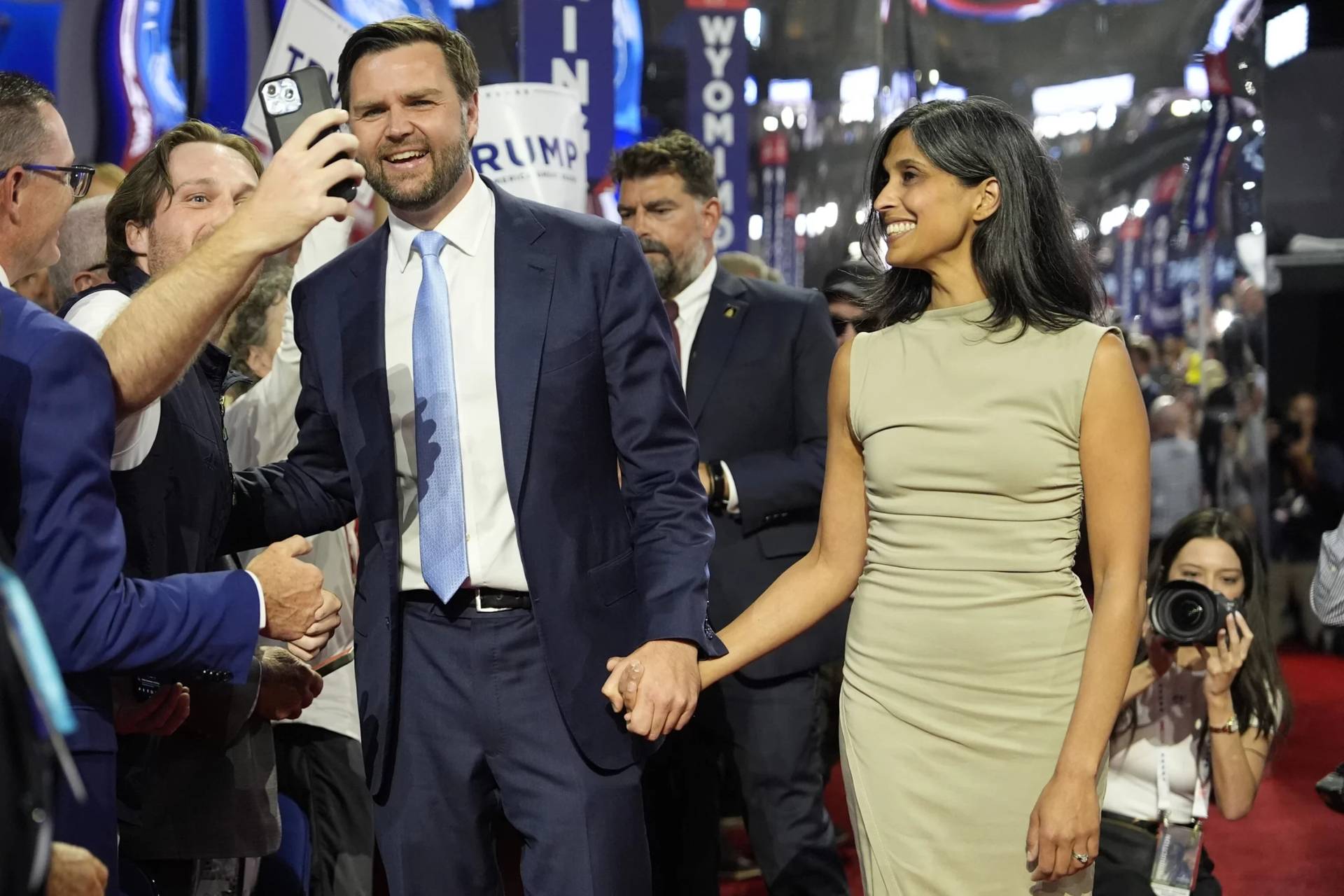Theologically speaking, it would be absurd to claim that in Holy Week 2017, Good Friday overshadowed Easter Sunday. Christianity is premised precisely on the conviction that light always eventually extinguishes darkness, life always triumphs over death, and every year, Holy Week ritualizes that belief.
Psychologically and politically, however, that “eventual” victory of good over evil couldn’t help feeling awfully hard to see this time around.
Among other things, Holy Week this year was surrounded by reminders of contemporary Christianity martyrdom. It began on Palm Sunday with bombings at two Coptic churches in Egypt that killed at least 47 people, and included Pakistani security officials on Friday saying they had foiled a “major terrorist attack” in Lahore, the same city where a suicide bombing in a park frequented by Christians on Easter Sunday 2016 left more than 70 people dead.
Also during Holy Week, the Vatican confirmed on Thursday that next Saturday, April 22, Pope Francis will visit the Roman church on St. Bartholomew, located on the city’s Tiber Island, which is run by the Community of Sant’Egidio and contains a memorial to the Church’s new martyrs requested by St. John Paul II during the Great Jubilee year of 2000. It includes relics of many of those martyrs, including the rock that killed Blessed Jerzy Popiełuszko, a celebrated Polish priest assassinated during the Soviet era.
Although the invitation had been extended before the bombings in Egypt, the confirmation coming on the heels of the attack obviously lends the visit a special relevance.
Anti-Christian violence wasn’t the only sort of trauma running through Holy Week.
On Thursday, the United States unleashed the GBU-43/B Massive Ordnance Air Blast Bomb, known informally as the “Mother of All Bombs” in Afghanistan, making it the most powerful conventional weapon ever deployed in combat. Afghan officials on Saturday said that 94 ISIS fighters were killed in the strike, which targeted a network of underground tunnels, while cautioning that the search for bodies is still ongoing and that number may fluctuate.
While no civilians were apparently hurt, and few people probably will spare much sympathy for hardened ISIS fighters, the use of such a lethal weapon was nevertheless a reminder of just how far away the world stands from the vision of the Prince of Peace.
One could go on: A suicide car bombing in Lebanon on Saturday targeting Syrians who had been evacuated from two government-held towns that left 43 dead; in Mexico on Friday, the fourth journalist to be killed in the country in six weeks was shot to death in Baja California, with most observers blaming either drug gangs or corrupt police looking to silence his reporting; or the one woman who died and the four injured on Thursday when border guards in Bangladesh opened fire on a boatload of refugees from Myanmar, all members of the oppressed Rohingya minority group.
Awareness of those sobering realities all around the world seemed to hover over this year’s Holy Week celebrations. On Palm Sunday, Francis reacted directly to the Egyptian attacks.
“May the Lord convert the hearts of those who sow fear, violence and terror,” he said after celebrating Mass in St. Peter’s Square, reading from a note handed to him, to which he added: “And that of those who produce and sell weapons.”
The next day, the Vatican confirmed that Francis’s April 28-29 visit to Egypt will go ahead, despite the clear security risks.
On Tuesday, Francis met with a group of sick children and their medical staff from Rome’s Bambino Gesù Hospital. He noted that while the medical work of a hospital is treating suffering people, especially children, “there’s a risk of forgetting that the most important medicine can only come from a family.”
That medicine, the pope said, takes the form of “caresses.”
“It’s a very expensive medicine,” he said, “because to have it, to make it, you have to invest everything, you have to put in all your heart, all your love.”
For the annual Holy Thursday foot-washing rite, Francis headed across town to Rome’s Paliano prison, which houses ex-mafia members who are now police informants. Strict security protocols were in place, including severe limits on photography and video to prevent collaborators from being identified.
There are 70 inmates currently in the prison, and Francis greeted all of them, including those living in a special ward for prisoners with tuberculosis.
The focus on the realities of human suffering reached an emotional crescendo on Good Friday, when Pope Francis presided over the traditional Via Crucis procession in Rome’s Colosseum, which recalls the journey of Christ to the Cross.
Speaking to Christ in prayer, Francis expressed “shame” for all “the innocent blood that’s shed every day by women, by children, by immigrants, and by people persecuted for the color of their skin, their ethnic and social belonging, and for their faith in you.”
The pontiff openly grieved for all those “struck down” by indifference, violence, and war.
“O Christ, we turn to you with eyes of shame for all the images of devastation and shipwreck that have become common in our lives,” he said. “Shame for our silence over so much injustice, for our hands dirty in the giving, and greedy in the snatching.”
Even at the Easter vigil Mass, against the backdrop of the great “Gloria” and Alleluia” celebrating Christ’s rising from the dead, Francis couldn’t quite escape a mournful tone.
He suggested that the faces of the two women from the Gospel, Mary Magdalene and “the other Mary,” who accompanied Christ during his passion and who later sought out his body in the tomb, can be glimpsed today in all those who suffer, including the poor in city streets and victims of human trafficking.
“Their faces mirror the faces of women, mothers, who weep as they see the lives of their children crushed by massive corruption that strips them of their rights and shatters their dreams,” the pope said. “By daily acts of selfishness that crucify and then bury people’s hopes. By paralyzing and barren bureaucracies that stand in the way of change. In their grief, those two women reflect the faces of all those who, walking the streets of our cities, behold human dignity crucified.”
In an improvised Easter Sunday homily, Francis acknowledged the obvious question posed by this catalog of misery.
If Christ is risen, he asked, “how do these things happen, so many tragedies: illnesses, human trafficking, human exploitation, wars, destruction, mutilations, vengeance, hatred?”
“Where is the Lord?” Francis asked aloud.
For those who know the mind of the pope, none of these words and gestures will seem terribly surprising – by now, most are among his standard rhetorical tropes. (Before anyone accuses Francis of becoming repetitive, consider that perhaps the problem isn’t the pope’s rhetoric but the realities he forces us to confront.)
Rarely, however, have the pope’s core themes seemed quite as relevant as during Holy Week 2017. If Good Friday didn’t quite prevail this year, because Christians believe it simply can’t, it nevertheless sure seemed to give Easter Sunday an awfully good run for its money.














